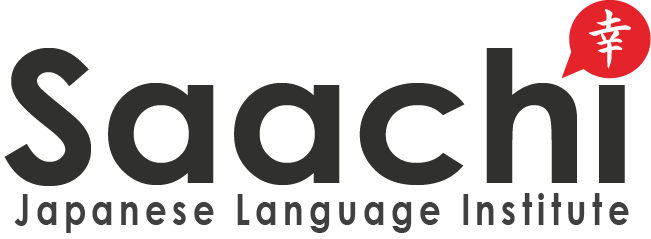INTRODUCTION
The Japanese-Language Proficiency Test (JLPT) has been offered by the Japan Foundation and Japan Educational Exchanges and Services (formerly Association of International Education, Japan) since 1984 as a reliable means of evaluating and certifying the Japanese proficiency of non-native speakers. At the beginning, there were approximately 7,000 examinees worldwide. In 2011, there were as many as 610,000 examinees around the globe, making JLPT the largest-scale Japanese-language test in the world. JLPT results has expanded from skill measurement to include employment screening and evaluation for promotions and pay raises as well as use as a form of qualification. The Japan Foundation and Japan Educational Exchanges and Services have been jointly conducting the test.
JLPT LEVELS
The JLPT has five levels: N1, N2, N3, N4 and N5. The easiest level is N5 and the most difficult level is N1.

N4 and N5 measure the level of understanding of basic Japanese mainly learned in class. N1and N2 measure the level of understanding of Japanese used in a broad range of scenes in actual everyday life. N3 is a bridging level between N1/N2 and N4/N5.
SUMMARY OF JLPT LEVELS:
JLPT N5: One is able to listen and comprehend conversations about topics regularly encountered in daily life and classroom situations, and is able to pick up necessary information from short conversations spoken slowly. One is able to read and understand typical expressions and sentences written in hiragana, katakana, and basic kanji.
JLPT N4: One is able to listen and comprehend conversations encountered in daily life and generally follow their contents, provided that they are spoken slowly One is able to read and understand passages on familiar daily topics written in basic vocabulary and kanji. One is able to listen and comprehend conversations encountered in daily life and generally follow their contents, provided that they are spoken slowly.
JLPT N3: One is able to read and understand written materials with specific contents concerning everyday topics. One is also able to grasp summary information such as newspaper headlines. In addition, one is also able to read slightly difficult writings encountered in everyday situations and understand the main points of the content if some alternative phrases are available to aid one’s understanding. One is able to listen and comprehend coherent conversations in everyday situations, spoken at near-natural speed, and is generally able to follow their contents as well as grasp the relationships among the people involved.
JLPT N2: One is able to read materials written clearly on a variety of topics, such as articles and commentaries in newspapers and magazines as well as simple critiques, and comprehend their contents. One is also able to read written materials on general topics and follow their narratives as well as understand the intent of the writers. One is able to comprehend orally presented materials such as coherent conversations and news reports, spoken at nearly natural speed in everyday situations as well as in a variety of settings, and is able to follow their ideas and comprehend their contents. One is also able to understand the relationships among the people involved and the essential points of the presented materials.
JLPT N1: One is able to read writings with logical complexity and/or abstract writings on a variety of topics, such as newspaper editorials and critiques, and comprehend both their structures and contents.
One is also able to read written materials with profound contents on various topics and follow their narratives as well as understand the intent of the writers comprehensively. ・One is able to comprehend orally presented materials such as coherent conversations, news reports, and lectures, spoken at natural speed in a broad variety of settings, and is able to follow their ideas and comprehend their contents comprehensively. One is also able to understand the details of the presented materials such as the relationships among the people involved, the logical structures, and the essential points.
For more details on JLPT EXAM, please visit Japan Foundation website http://www.jlpt.jp/e/about/index.html

